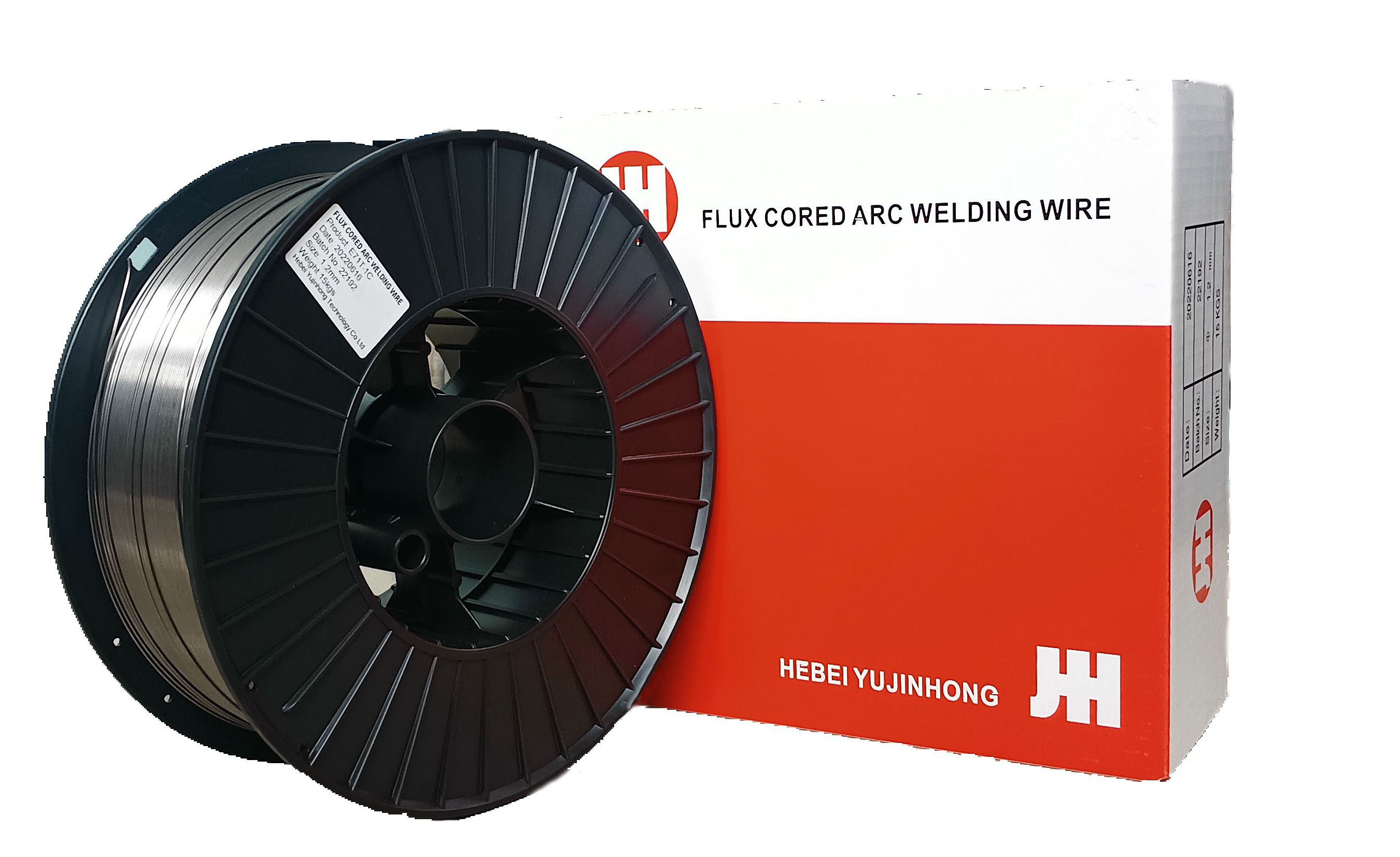Choosing the Right MIG Welder Wire for Your Welding Projects and Techniques
Understanding MIG Welder Wire Types, Selection, and Applications
MIG welding, or Metal Inert Gas welding, is a popular method for joining metals, renowned for its versatility and efficiency. A critical component of MIG welding is the welding wire itself. The selection of the correct MIG welder wire can significantly influence the quality of the weld, making it essential for both beginners and seasoned professionals to understand the different types available and their respective applications.
Types of MIG Welder Wire
MIG welding wires can be categorized based on the material, coating, and diameter. The most common types are
1. Solid Wire This is the most frequently used MIG welding wire, typically made from mild steel. It provides excellent welds and is used across various applications. To protect the weld from contamination, inert gases like argon or a mixture of argon and carbon dioxide are used.
2. Flux-Cored Wire This type of wire is designed for a self-shielding process, meaning it doesn’t require an external shielding gas. It contains a core of flux, which produces gases when heated, protecting the weld from atmospheric contamination. This makes flux-cored wire ideal for outdoor applications and for welding thicker materials.
3. Metal-Cored Wire Similar to flux-cored wire, metal-cored wire offers advantages in terms of deposition rates and welding speed. It combines metal and flux to create welds with less spatter and a higher deposition rate. This wire is generally more expensive but is favored in high-production environments.
4. Stainless Steel Wire For applications requiring corrosion resistance, stainless steel MIG welding wire is essential. It’s used for joining stainless steel components and can be either solid or tubular, depending on the specific requirements of the project.
5. Aluminum Wire Aluminum MIG welding wire is specifically designed to weld aluminum components. Due to aluminum's unique properties, including its lightweight and resistance to corrosion, special care is taken during the welding process to ensure strong bonds without contamination.
Selecting the Right MIG Welder Wire
Choosing the correct MIG welding wire is crucial for achieving optimal results. Factors to consider include
- Base Material The wire must match the base material being welded. For instance, when welding steel, a mild steel solid wire is usually appropriate, while aluminum requires a wire specifically designed for it.
mig welder wire

- Thickness of Material The thickness of the material impacts the wire diameter and type required. Thinner materials may benefit from a smaller diameter wire, while thicker pieces may require a larger diameter for better penetration.
- Welding Position Different welding positions (flat, horizontal, vertical, or overhead) can affect wire selection. Certain wires perform better in specific positions, influencing the overall quality of the weld.
- Pollution and Environmental Factors For outdoor applications or environments with wind, self-shielding flux-cored wire is often preferred due to its ability to protect the weld without an external gas shield.
Applications of MIG Welder Wire
MIG welding is widely used across various industries due to its speed and adaptability. Common applications include
- Automotive MIG welding is extensively used in automotive manufacturing for joining body panels and components due to its speed and efficiency.
- Construction In the construction industry, MIG welding is employed for fabricating steel structures, beams, and frameworks.
- Manufacturing Many manufacturers rely on MIG welding for producing a diverse range of products, from appliances to heavy machinery.
- Marine Because of its ability to weld dissimilar metals, MIG welding is frequently used in the marine industry for constructing and repairing boats and ships.
Conclusion
Understanding MIG welder wire is essential for anyone involved in welding. The right selection can dramatically affect the weld's quality, strength, and overall performance. By considering the type of material, thickness, and environmental factors, welders can achieve better results in their projects. As technology advances, new developments in MIG welding materials and processes continue to enhance the effectiveness and efficiency of this indispensable welding technique. Whether you're a DIY enthusiast or a professional welder, mastering the intricacies of MIG welder wire will certainly improve your skills and outcomes in metal fabrication.
-
Best MIG Welding No Gas Flux Core Solution – Easy, Portable & Clean WeldingNewsJul.08,2025
-
7018 Welding Rod 3/16 - High Strength, Low Hydrogen Electrodes Wholesale 3/32 Welding Rod 7018 Suppliers & China 7018 AC Welding Rod FactoryNewsJul.08,2025
-
High Quality MIG Aluminium Welding Wire - Wholesale Factory Prices from China SuppliersNewsJul.07,2025
-
High-Quality Gasless Aluminum Welding Wire China Gasless Aluminum MIG Wire SupplierNewsJul.07,2025
-
High Quality Ordinary Welding Rod for Pipes – Reliable China Welding Rod 7016 SupplierNewsJul.06,2025
-
Welding Wire 0.9 mm ER70S-6 Supplier Wholesale Manufacturers & FactoriesNewsJul.06,2025


